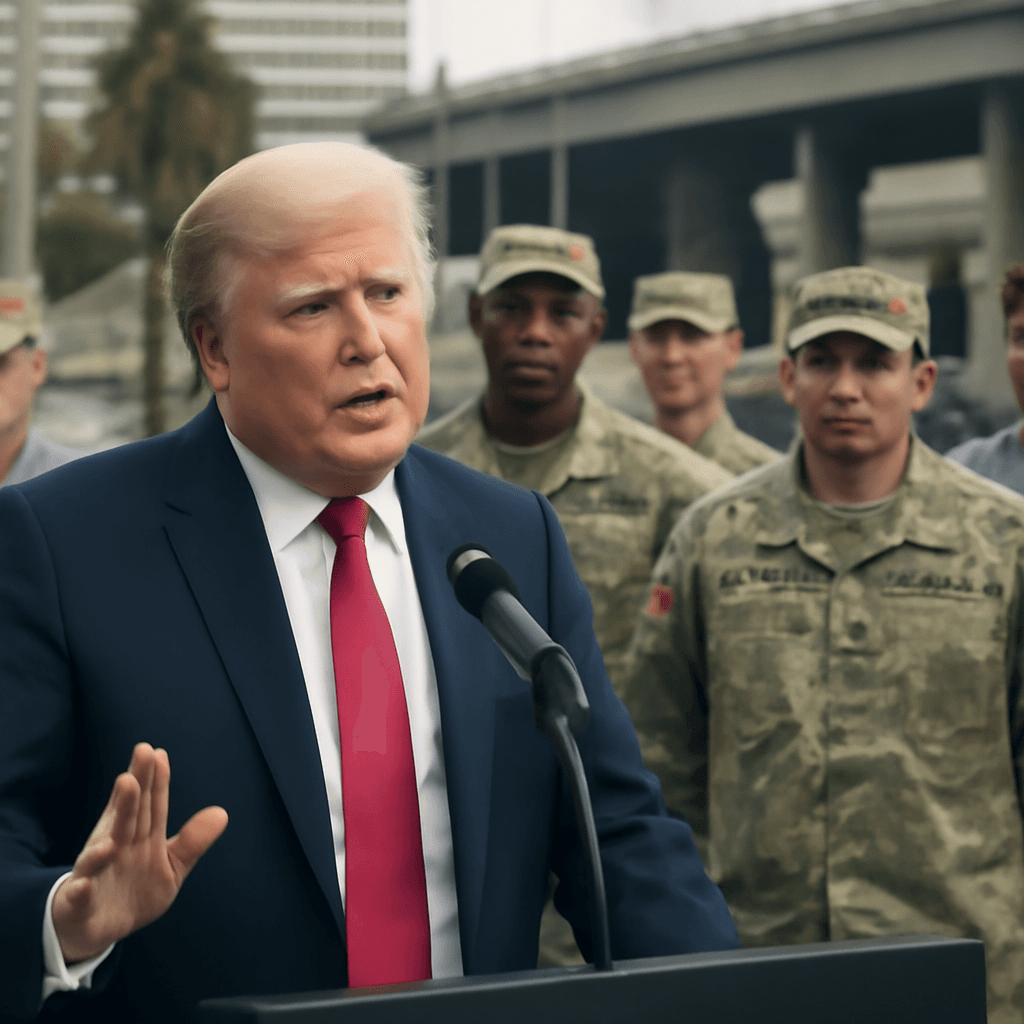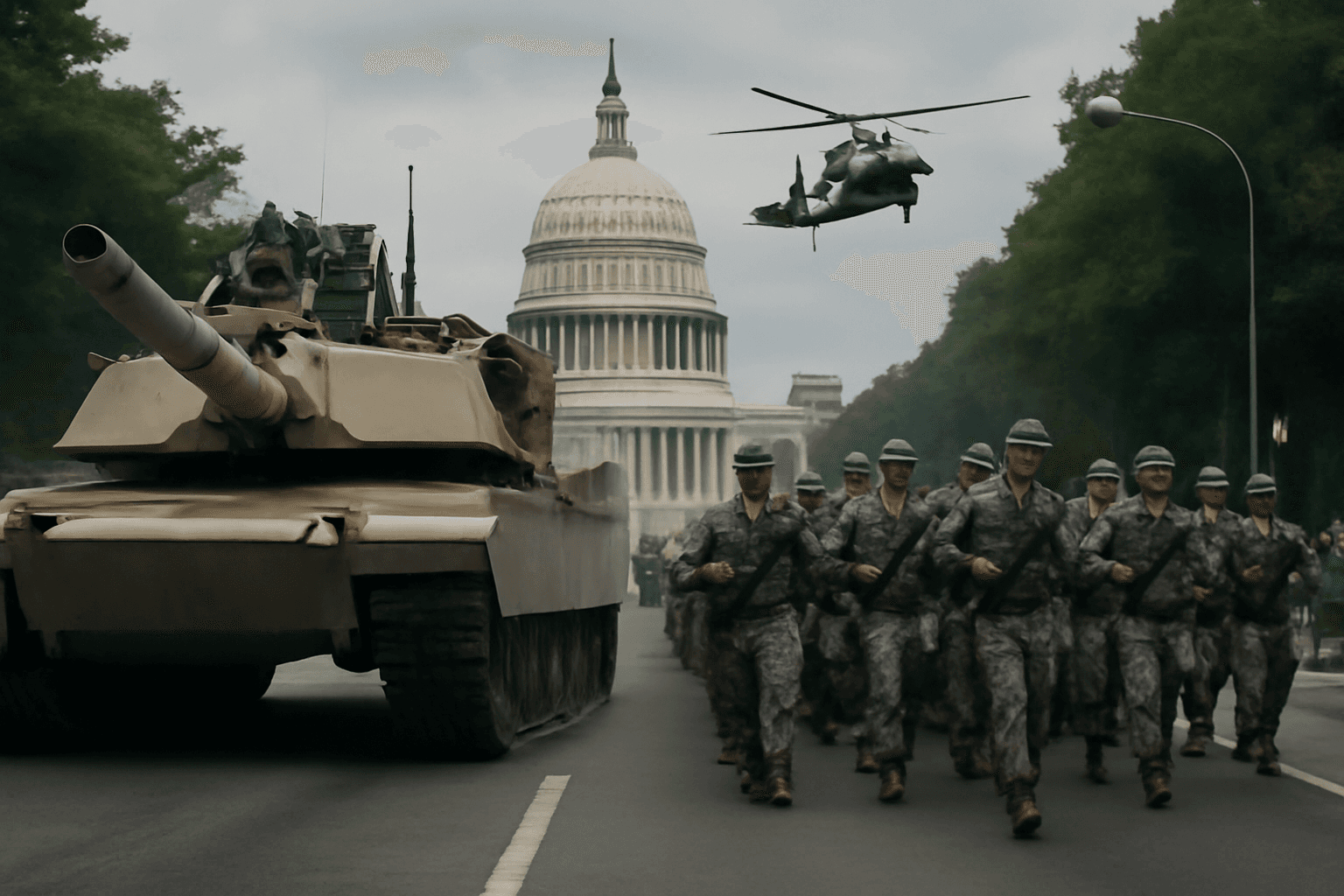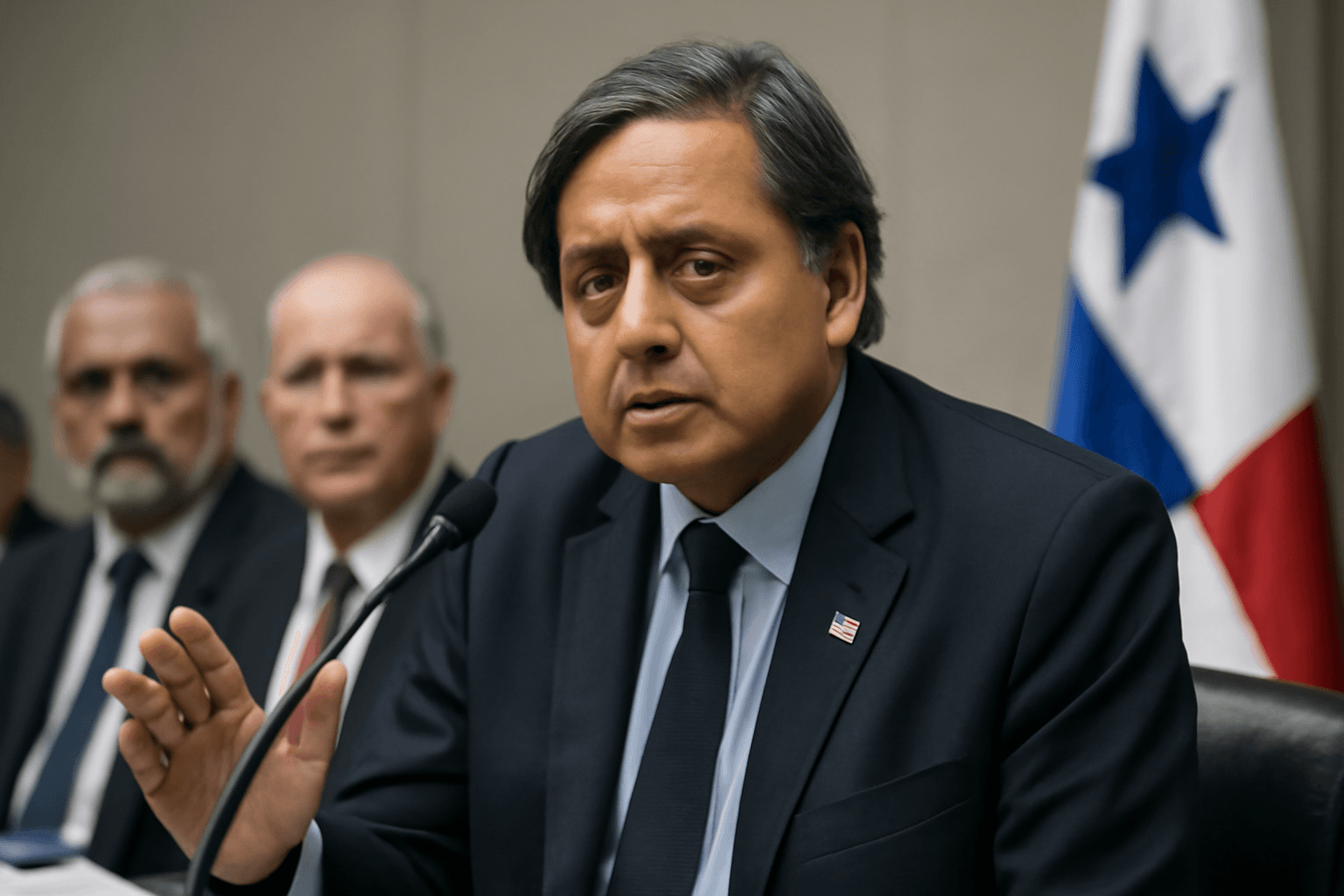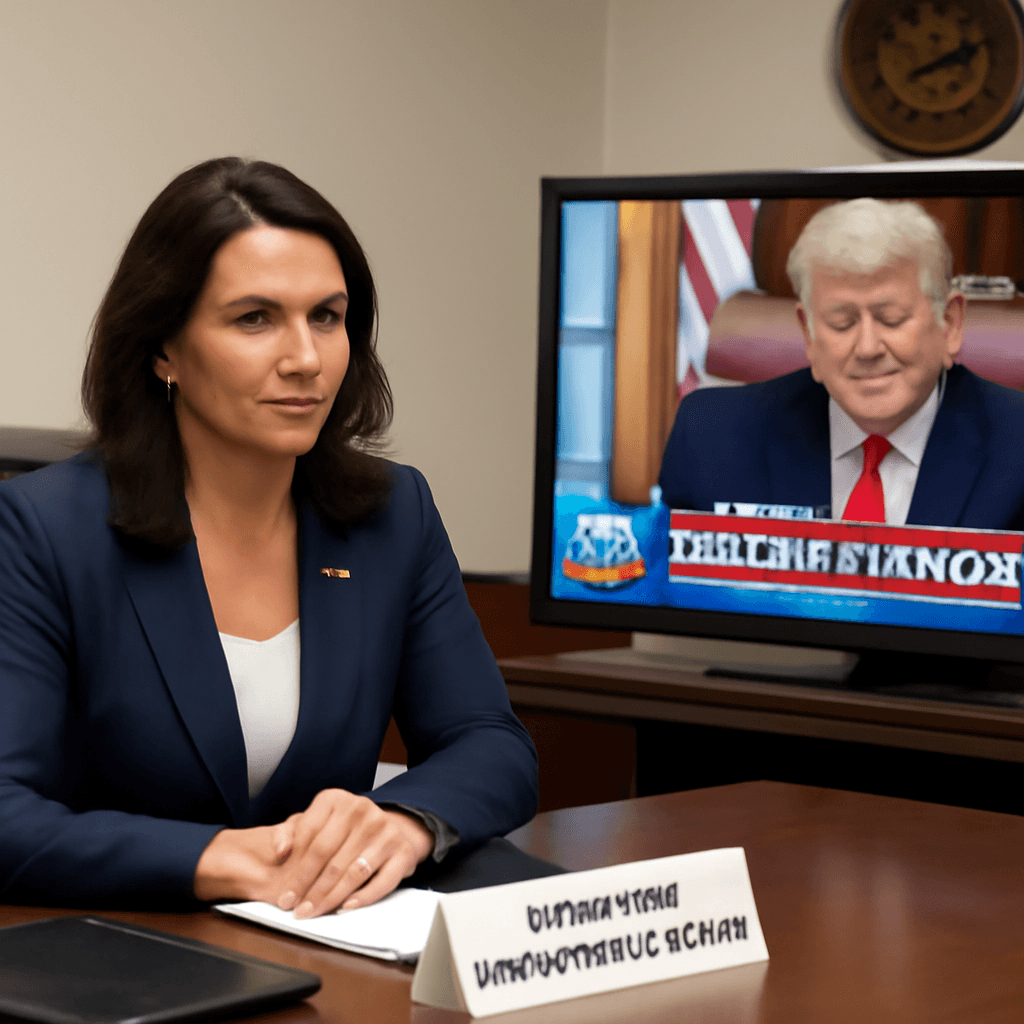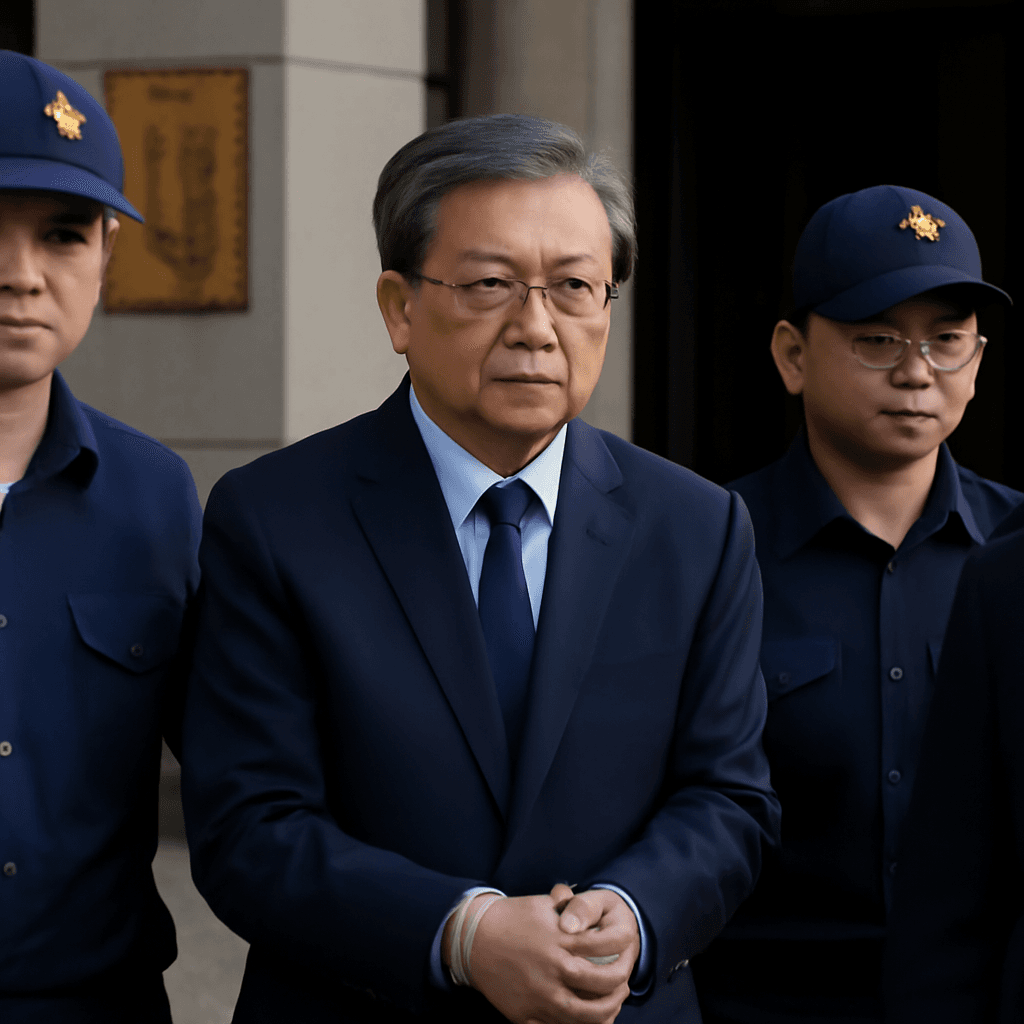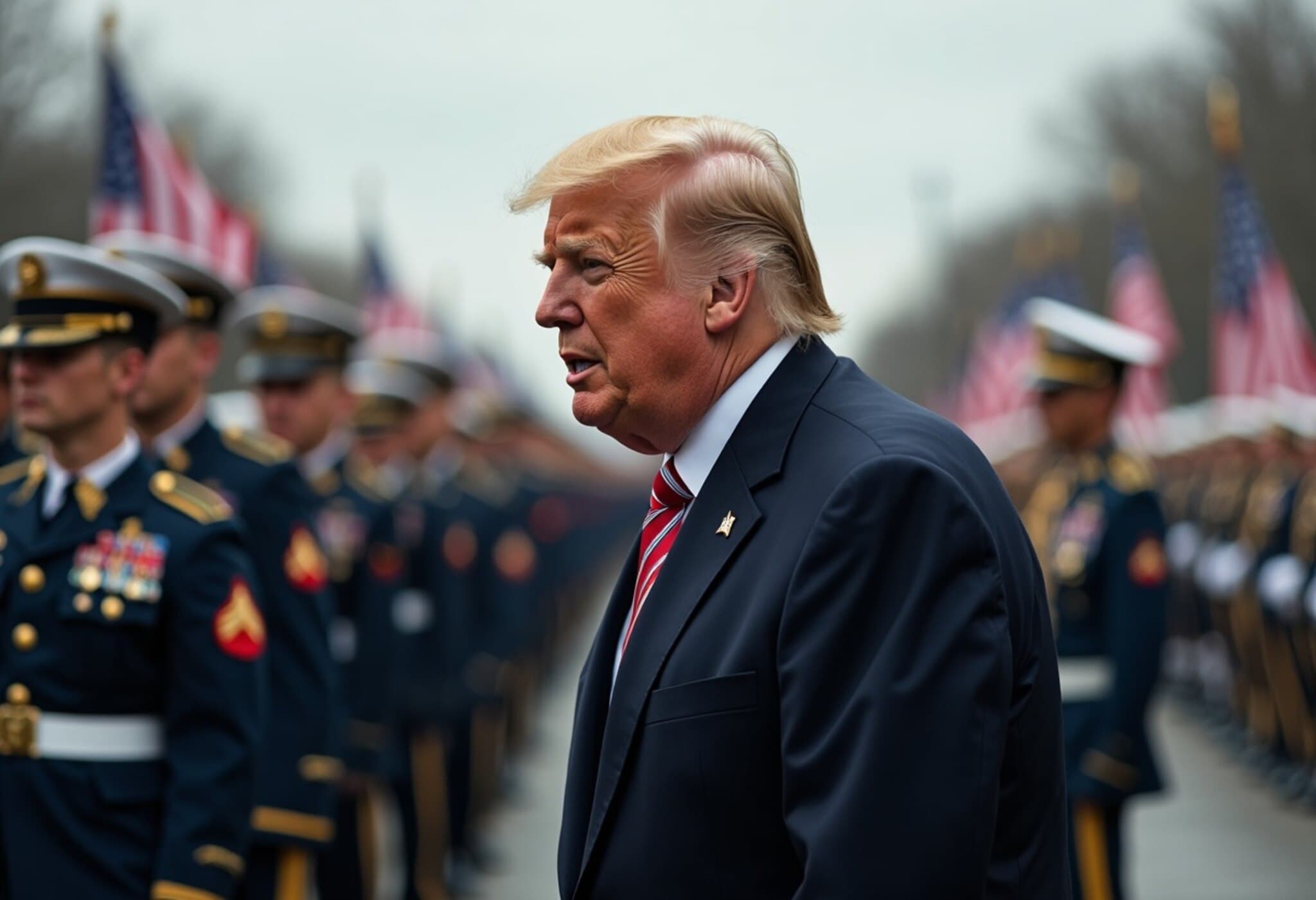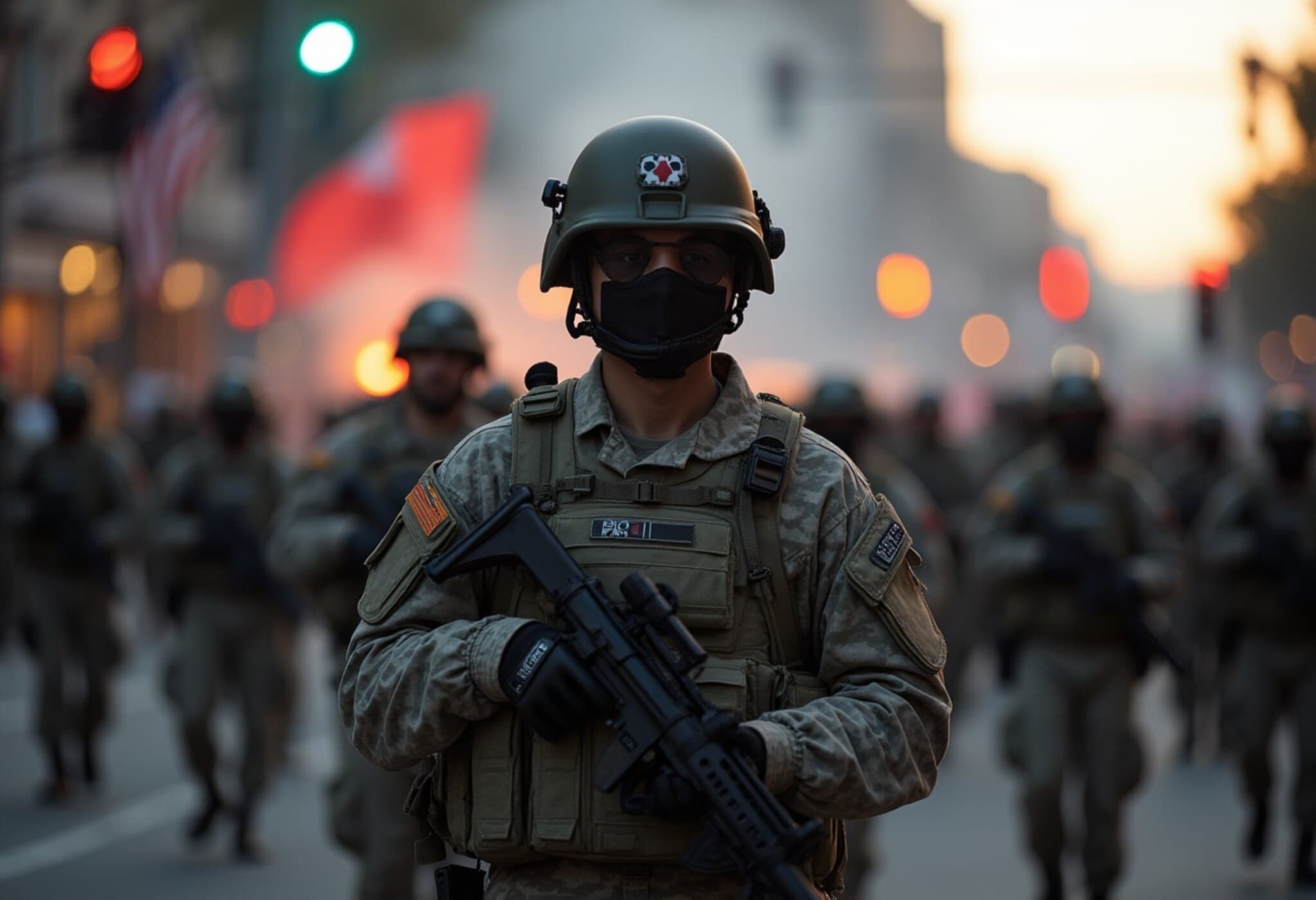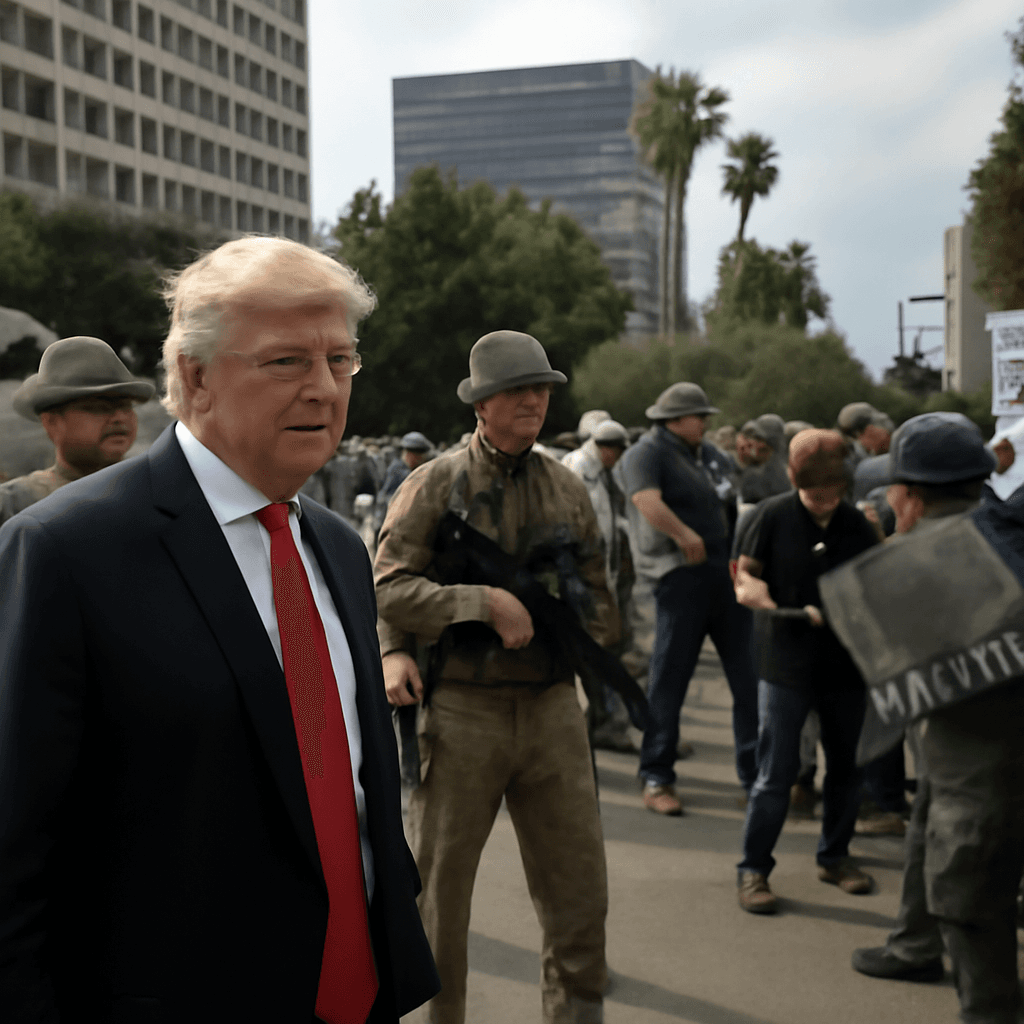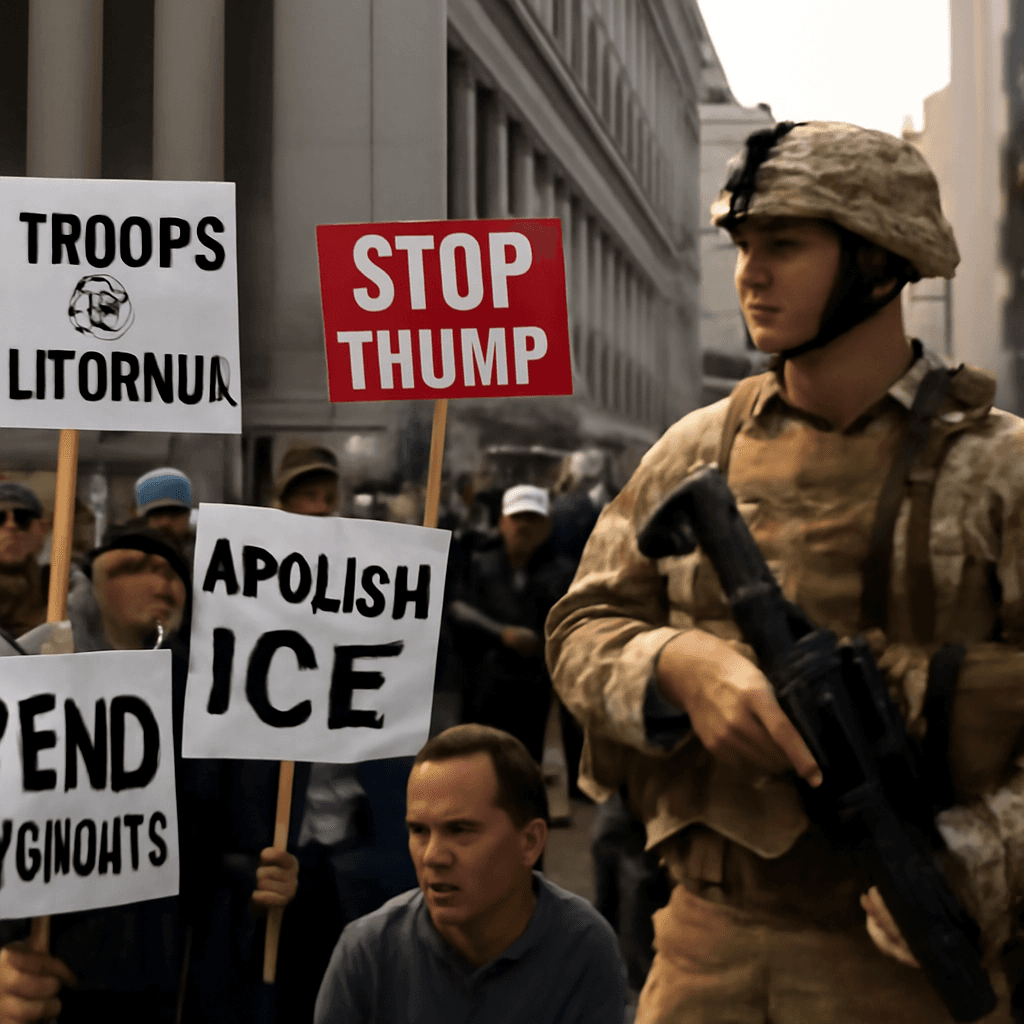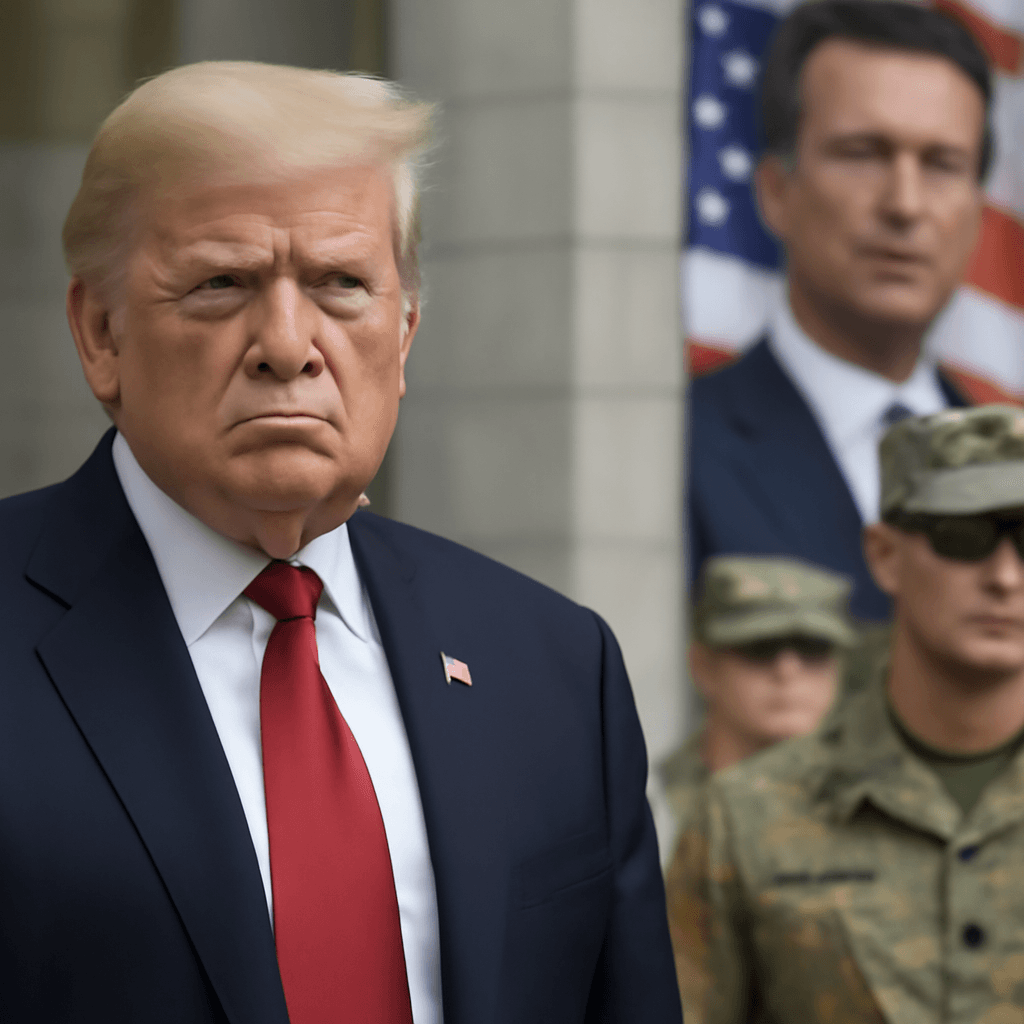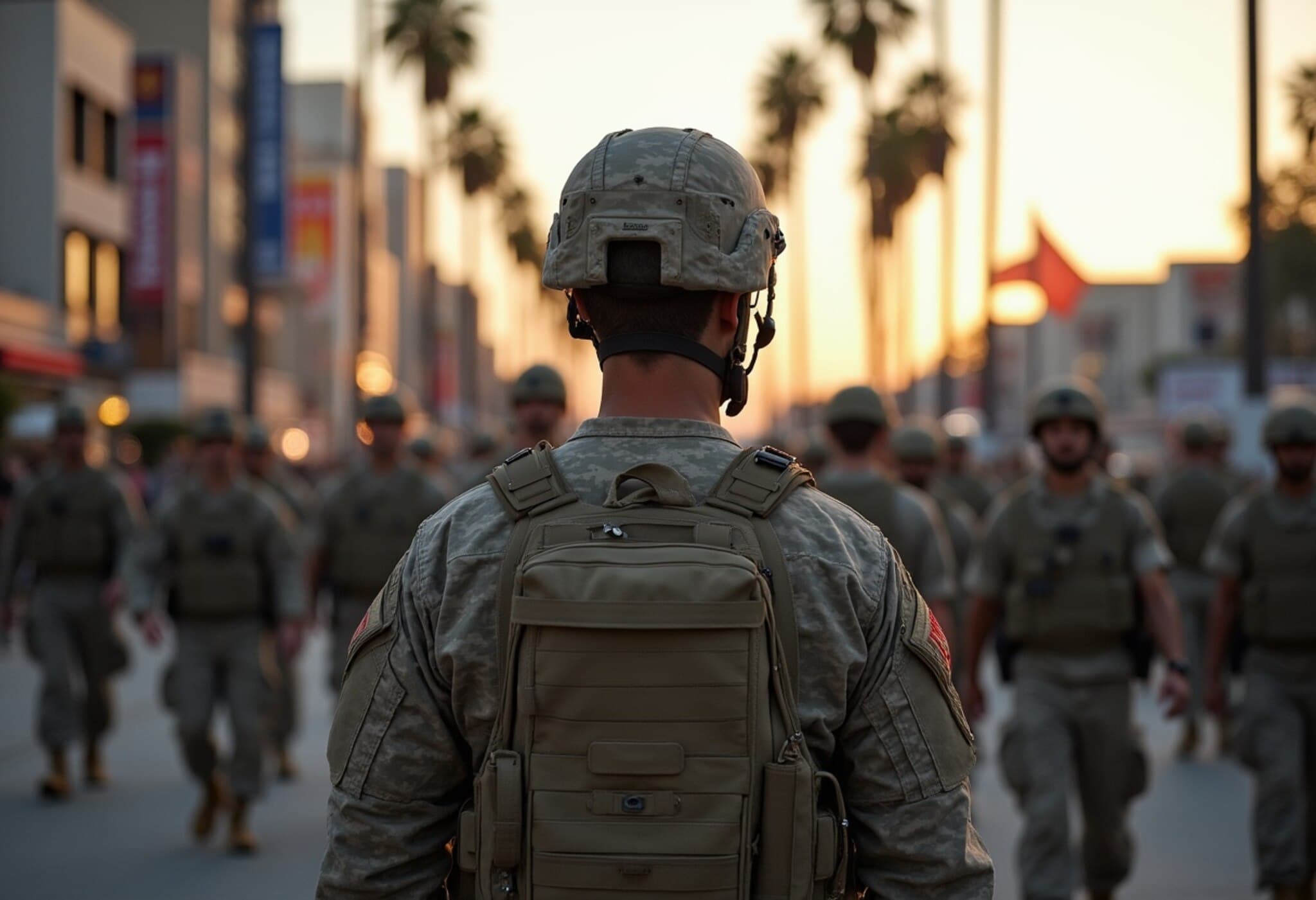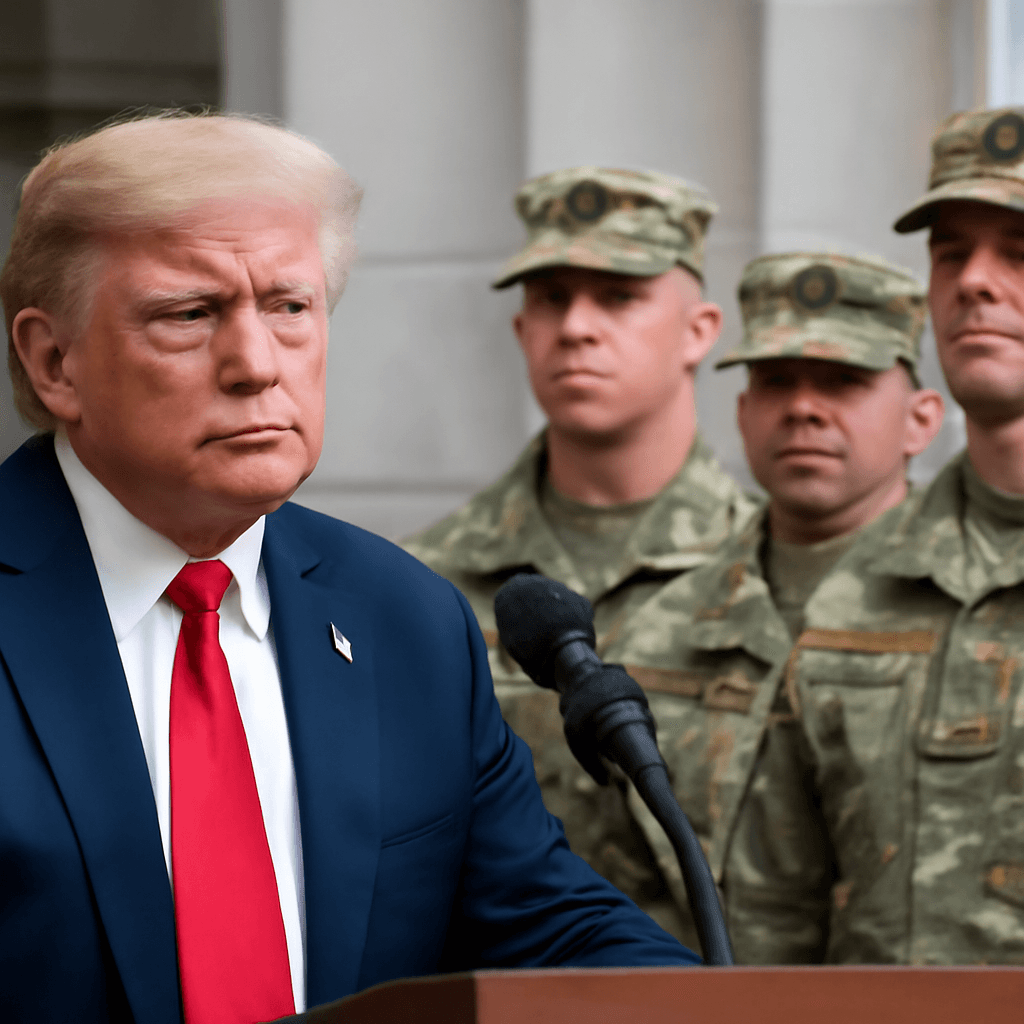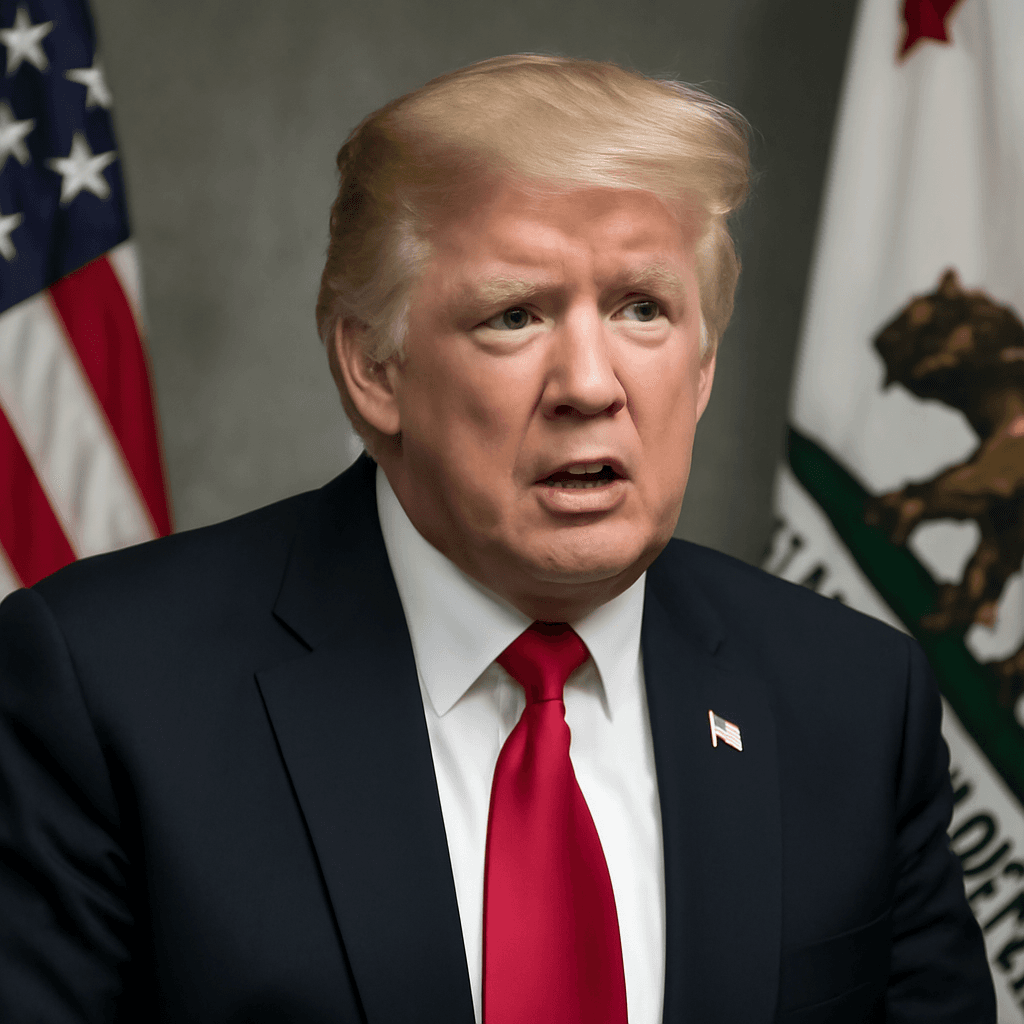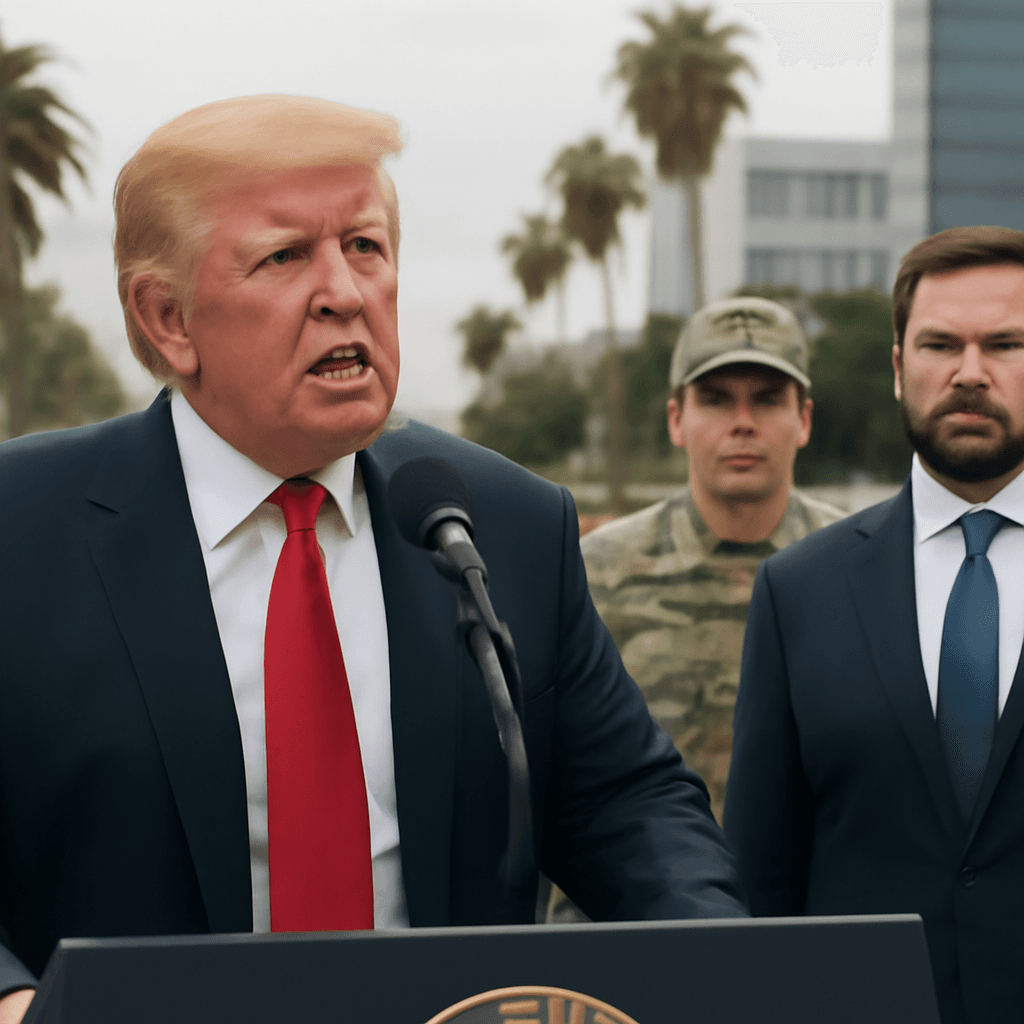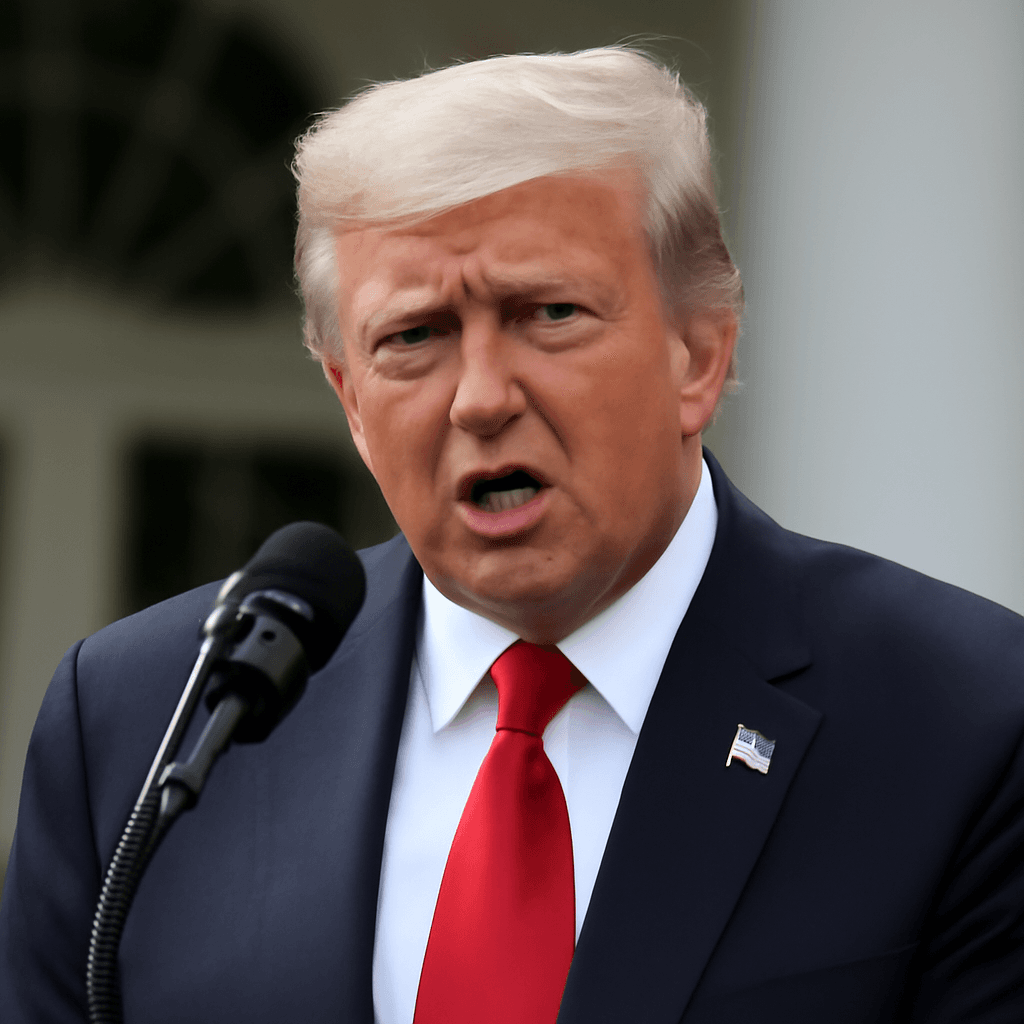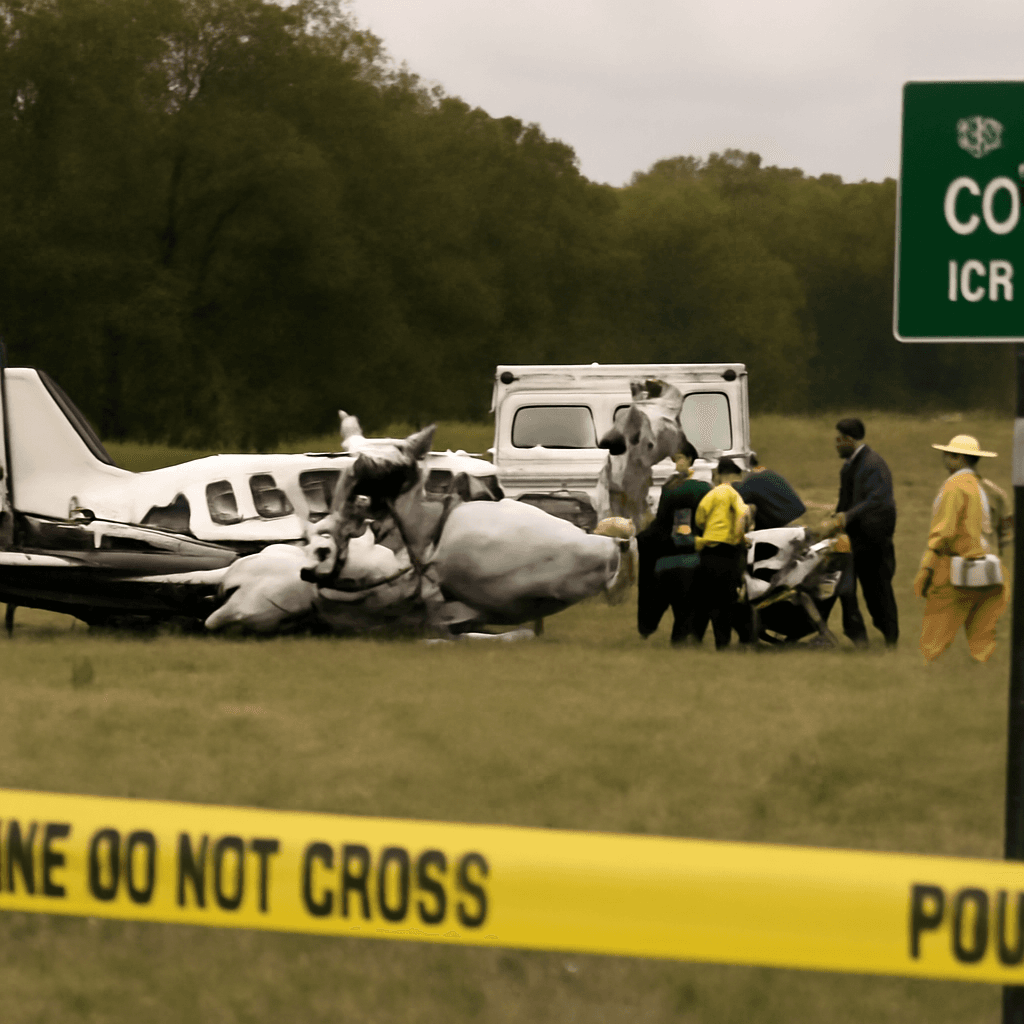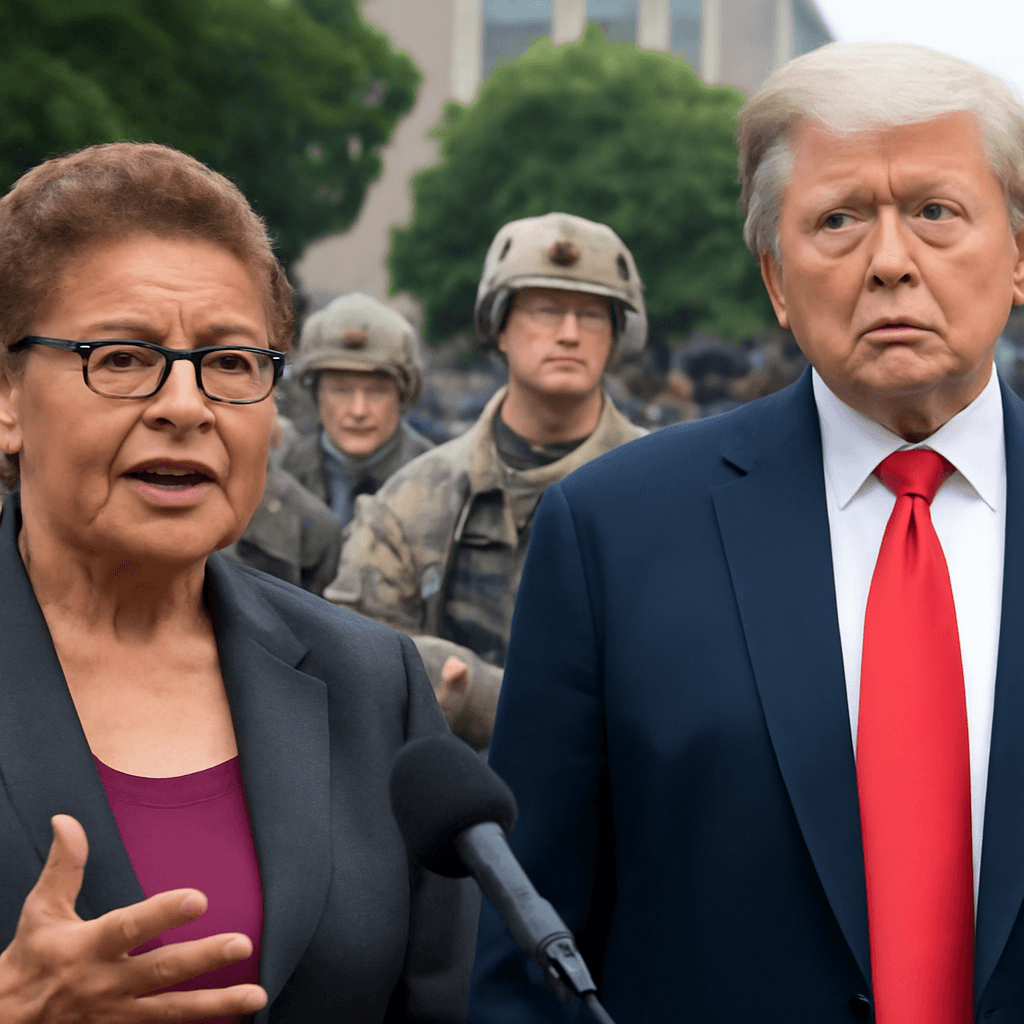Trump Sends National Guard Troops to Los Angeles Amid Growing Protests
President Trump has ordered the deployment of 2,000 California National Guard troops to Los Angeles in response to ongoing immigration-related protests. This move comes despite clear objections from California Governor Gavin Newsom, highlighting a tense clash between federal and state authorities.
Federal vs. State Command: The Legal Complexities
While governors typically control their state’s National Guard, the president can federalize these troops for certain operations. Trump cited a federal statute allowing him to take control of the California National Guard without Governor Newsom’s approval, aiming to "address the lawlessness" the administration claims is occurring. Newsom dismissed the action as "purposely inflammatory," warning it could worsen tensions.
The Legal Framework: What Powers the President?
The president's authority to deploy military forces domestically is governed primarily by the Insurrection Act, an 18th-century law permitting intervention during rebellion or civil unrest. However, Trump did not invoke this specific law in this instance. Instead, he used a related but less clear statute that allows the federalization of National Guard units under three conditions:
- The United States is under invasion or threat of invasion;
- There is a rebellion or threat of rebellion against U.S. authority;
- The president cannot enforce federal laws through ordinary means.
Notably, the law requires orders to be issued through state governors, leaving ambiguity about whether the president can unilaterally deploy troops without the governor's consent.
National Guard’s Role: Protection, Not Policing
Trump’s proclamation specifies that the National Guard will support federal immigration officers by safeguarding their operations, not by engaging in direct law enforcement. Legal experts point out that without invoking the Insurrection Act, these troops are legally restricted from performing typical policing functions.
This approach raises concerns that while the troops are meant only to provide protection, they may nonetheless encounter confrontations with protesters, potentially leading to escalated use of force. Observers also suggest this deployment could be a stepping stone to more forceful military involvement in the near future.
National Guard Deployments: Historical Context
The use of National Guard troops domestically isn't new. They were famously called upon during the Civil Rights era to protect students integrating schools, and again during the 1992 Los Angeles riots after the Rodney King verdict. Typically, such deployments occur with the consent and coordination of state governors, especially during natural disasters or public health emergencies.
Trump’s History With Military Use on U.S. Soil
This isn’t the president’s first foray into ordering military forces onto American streets. In 2020, Trump requested governors send National Guard troops to Washington, D.C., to help quell protests following George Floyd’s death. Although some governors complied, others refused. Trump also threatened to invoke the Insurrection Act then, but was advised against it by senior defense officials.
During his 2023 campaign, Trump vowed a more aggressive stance on deploying troops to enforce immigration policies and suppress unrest, signaling a willingness to bypass typical protocols in future confrontations.
What's Next? Potential for Further Military Escalation
Following Trump’s recent federalization of the National Guard in California, Defense Secretary Pete Hegseth indicated that active-duty Marines at Camp Pendleton are on high alert, ready to deploy should violence persist. This signals that federal authorities are prepared to escalate military involvement if necessary.
The deployment underscores ongoing tensions around immigration enforcement and federal-state relations, raising important questions about the balance of power and the role of military forces in domestic affairs.

